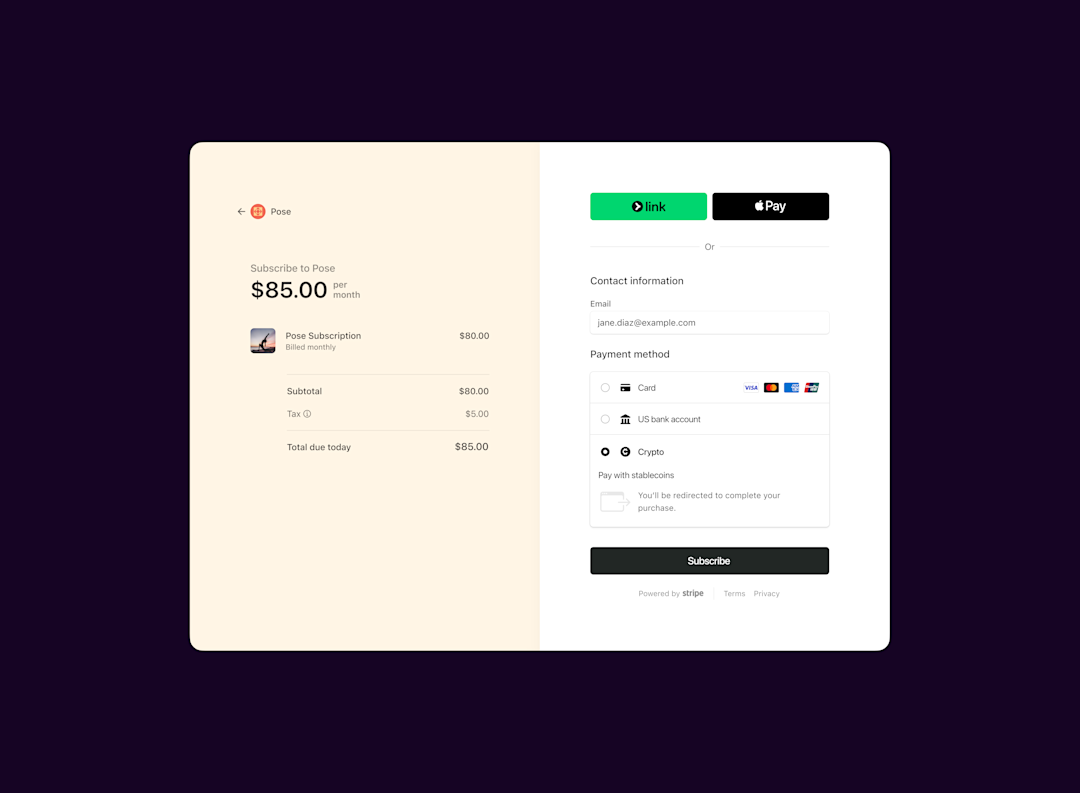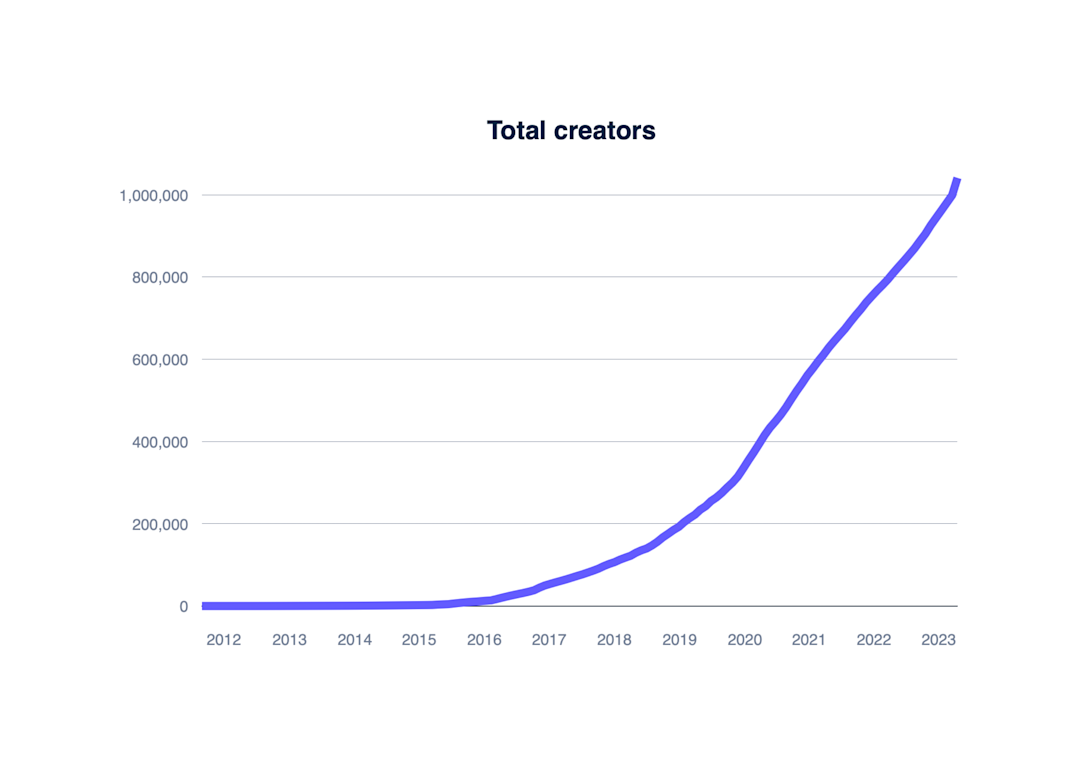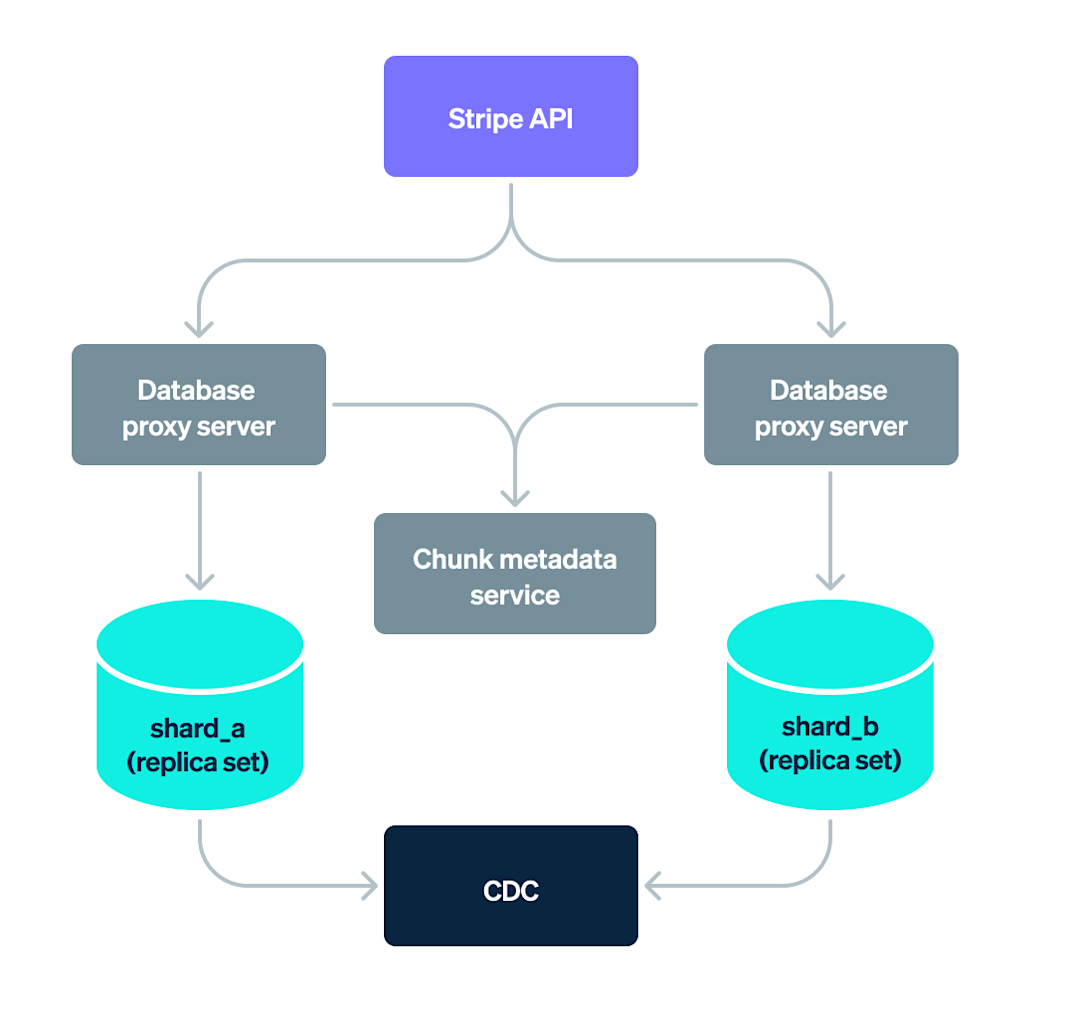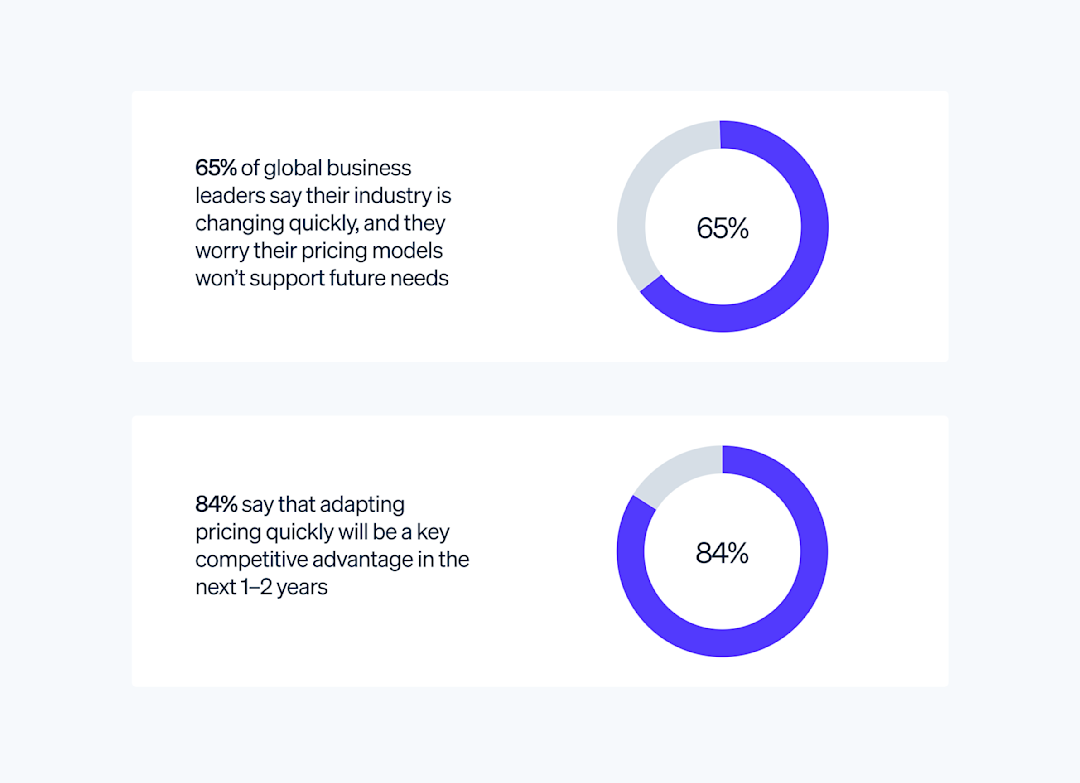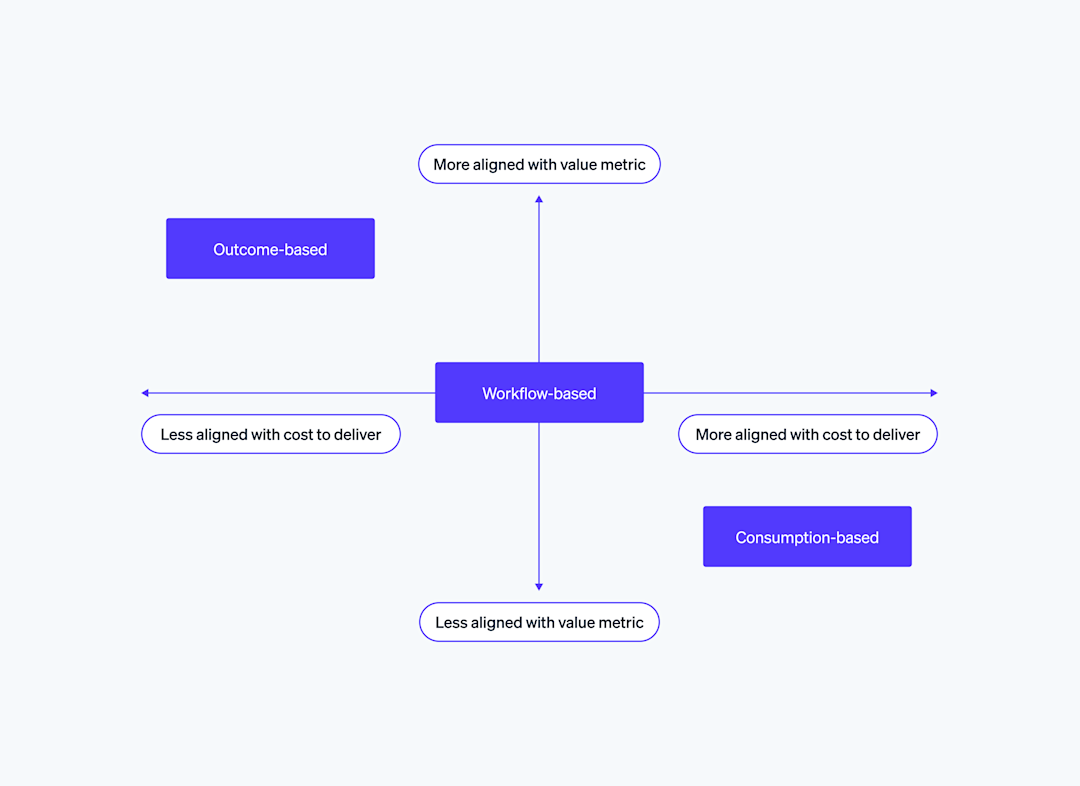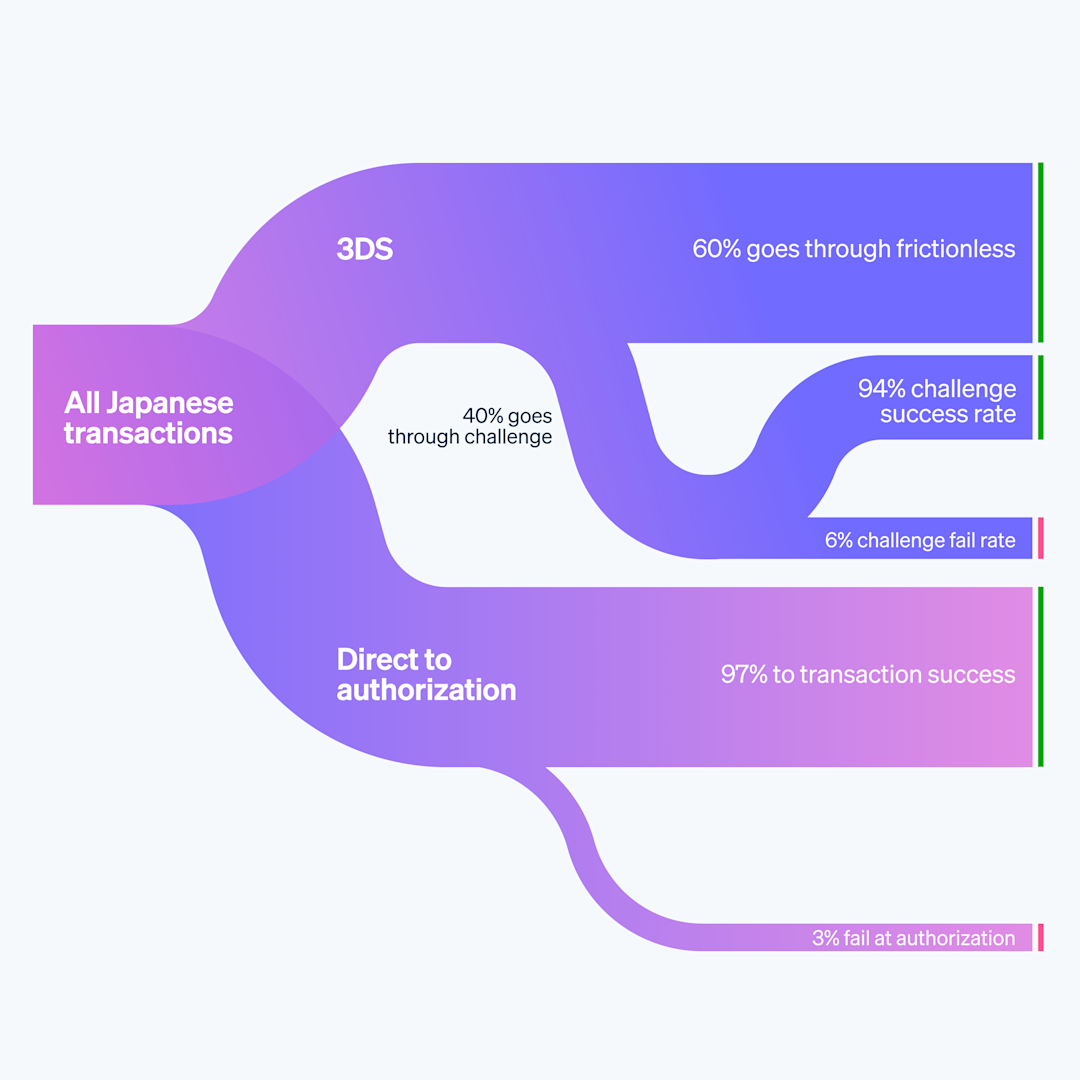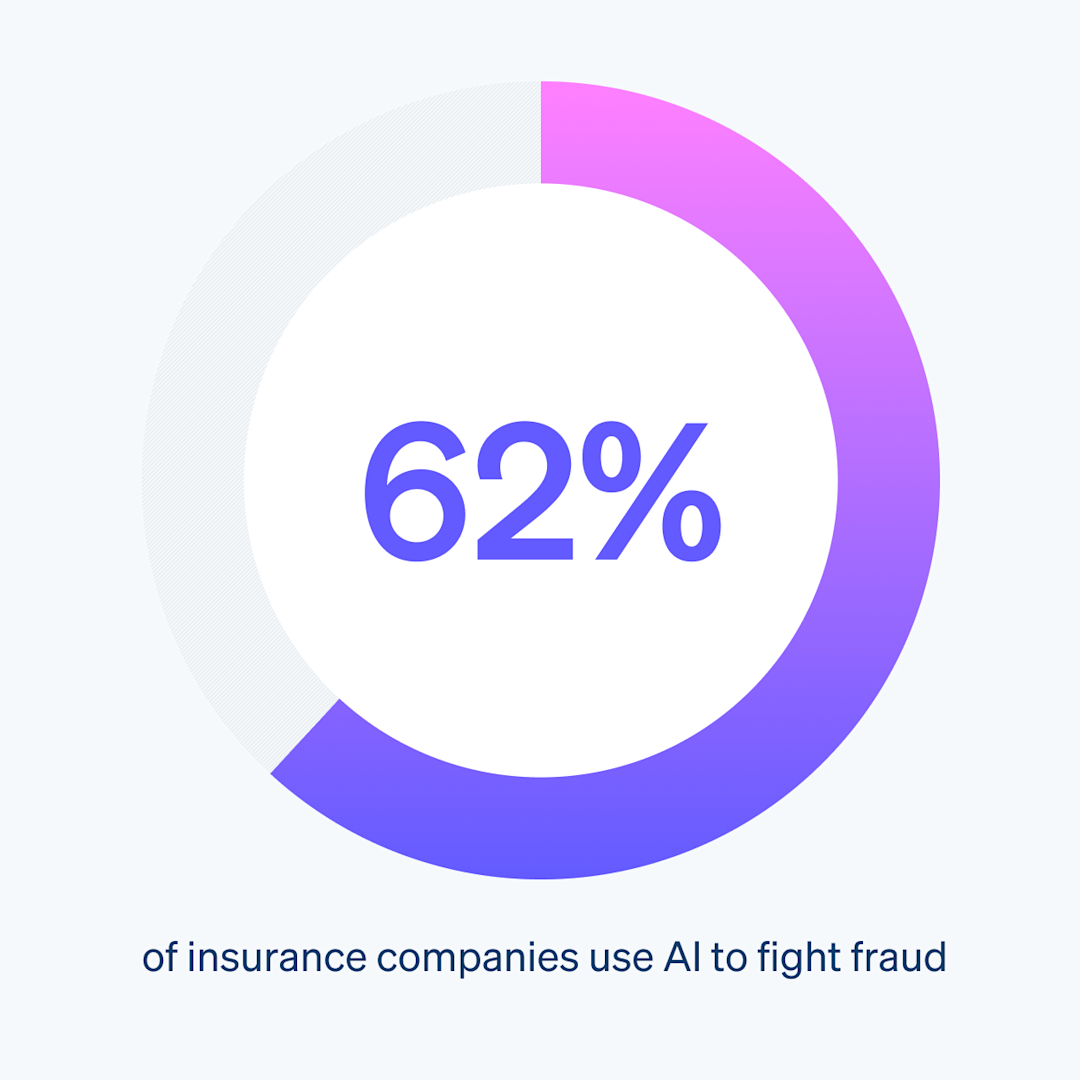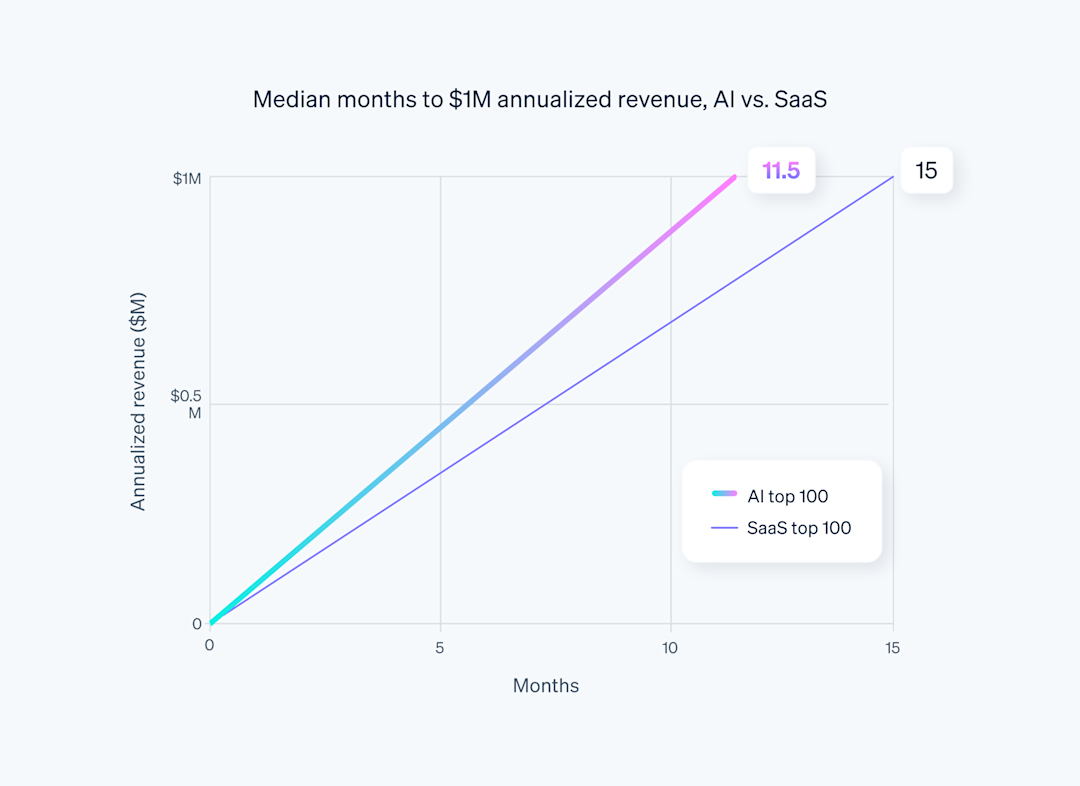Product
Introducing the Agentic Commerce Suite: A complete solution for selling on AI agents

Our Agentic Commerce Suite gets your business agent-ready. It enables you to sell on AI agents by making your products discoverable, simplifying your checkout, and allowing you to accept agentic payments via a single integration.










